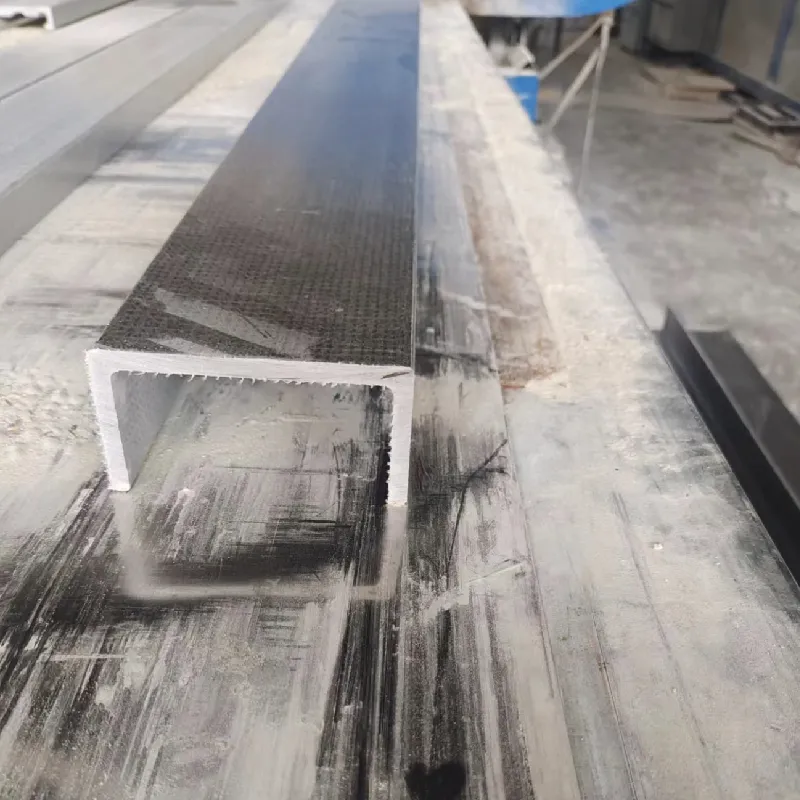loading...
- No. 9, Xingyuan South Street, Dongwaihuan Road, Zaoqiang County, Hengshui, Hebei, China
- admin@zjcomposites.com
- +86 15097380338
- Welcome to visit our website!
grating cover
The Importance of Grating Covers in Urban Infrastructure
Grating covers are essential components of urban infrastructure that often go unnoticed but play a crucial role in maintaining safety and efficiency in daily life. These covers, typically made from materials such as metal or reinforced plastic, are designed to shield open drainage systems, access points, and utility holes from the elements and unauthorized access. Their significance extends beyond mere functionality; they also contribute to the aesthetic appeal of public spaces and facilitate better urban planning.
One of the primary functions of grating covers is to ensure the safety of pedestrians and vehicles. Open gratings can pose serious hazards, especially in busy urban environments. A misplaced foot or a tire that rolls over an uncovered grate can lead to accidents, injuries, or damage to vehicles. Therefore, grating covers act as protective barriers, preventing accidental falls and ensuring that road users remain safe. Additionally, they play a vital role in preventing debris from clogging drainage systems, which is crucial for effective water management during heavy rains.
Moreover, grating covers are designed with durability in mind. They must withstand various environmental factors, including heavy traffic, harsh weather conditions, and potential vandalism. This resilience ensures that they remain functional over time, reducing the need for frequent replacements—a factor that can significantly decrease municipal maintenance costs. Many modern grating covers are designed to be lightweight yet strong, making their installation and replacement easier while still providing the necessary strength to support heavy loads.
grating cover

In addition to their functional benefits, grating covers are increasingly being designed with aesthetics in mind. Urban designers and planners recognize the importance of integrating functional elements into the overall visual landscape of a city. Many grating covers are now available in various designs, colors, and patterns, allowing them to blend seamlessly into their surroundings. This not only enhances the beauty of public spaces but also reflects a city’s commitment to design excellence.
Another significant advantage of grating covers is their role in facilitating maintenance access to underground utilities. Grating covers provide crucial access points for maintenance personnel to conduct repairs and inspections of sewer lines, electrical conduits, and other essential services without disrupting the flow of traffic. This accessibility is vital for efficient urban service management and helps prevent larger issues that could arise from neglected infrastructure.
Furthermore, as cities worldwide face increasing challenges related to urban flooding and water management, grating covers can also be designed to enhance drainage systems. Effective drainage solutions can be integrated into grating cover designs, allowing rainwater to flow freely into the sewer system while keeping larger debris out. This innovation not only mitigates flooding risks but also contributes to overall environmental sustainability.
In conclusion, grating covers, though often overlooked, are essential components of urban infrastructure that enhance safety, durability, aesthetic appeal, and maintenance efficiency. As urban areas continue to grow and evolve, the role of these covers in protecting both citizens and the environment becomes increasingly critical. City planners and designers should continue to prioritize the integration of functional design and innovation in grating cover development, ensuring that they meet the needs of modern urban living while contributing to a safer and more aesthetically pleasing environment.
-
The Rise of FRP Profiles: Strong, Lightweight, and Built to LastNewsJul.14,2025
-
SMC Panel Tanks: A Modern Water Storage Solution for All EnvironmentsNewsJul.14,2025
-
GRP Grating: A Modern Solution for Safe and Durable Access SystemsNewsJul.14,2025
-
Galvanized Steel Water Tanks: Durable, Reliable, and Ready for UseNewsJul.14,2025
-
FRP Mini Mesh Grating: The Safer, Smarter Flooring SolutionNewsJul.14,2025
-
Exploring FRP Vessels: Durable Solutions for Modern Fluid HandlingNewsJul.14,2025
-
GRP Structures: The Future of Lightweight, High-Performance EngineeringNewsJun.20,2025
